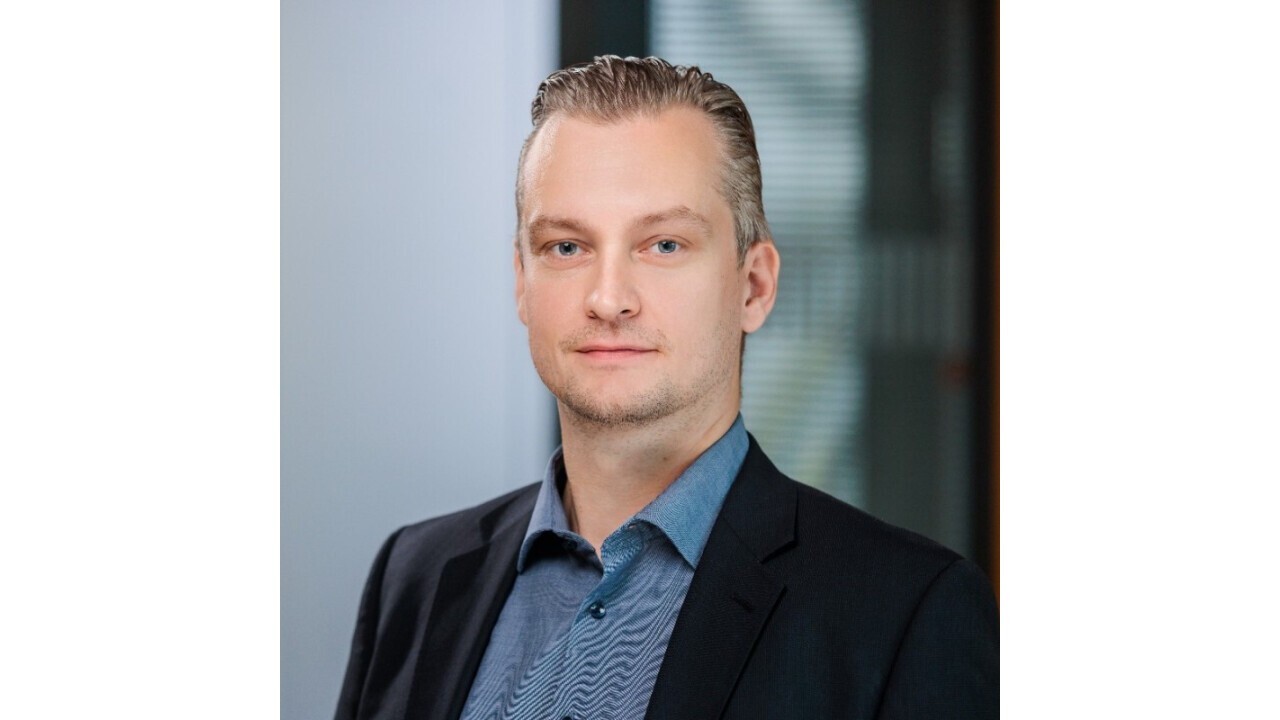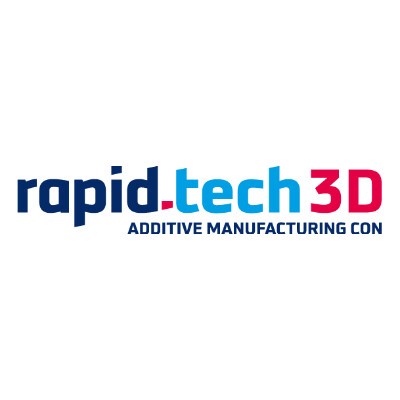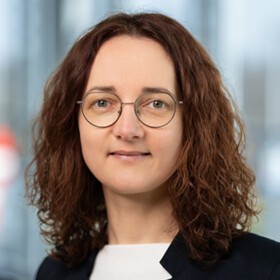Interview with Dr.-Ing. Stefan Kleszczynski
Dr. Stefan Kleszczynski has been organizing the selection process for scientific topics at rapid.tech 3D since 2016. Since 2023, the director of Manufacturing Technology at the Institute of Product Engineering at the University of Duisburg-Essen has also been a member of the event's advisory board.
Dr. Kleszczynski, when did you first attend rapid.tech 3D?
That was in 2012. I gave a presentation as a doctoral student and even then, I appreciated the exchange between the academic and industrial communities. Since then, rapid.tech 3D has been a permanent fixture in my calendar.
What makes the event so appealing to you?
What's special about it is the importance given to science here. It successfully balances the presentation of basic research with the presentation of projects in the field of 3D printing that are already relevant to practice. Young scientists, in particular, can connect with industry partners here. Both sides learn about each other's expectations and opportunities and can benefit from this for their future work – to the advantage of all stakeholders in additive manufacturing.
What was the response to the call for papers for the 2025 rapid.tech 3D?
Thirty-five applicants applied for the eight presentation slots in the expert forum, the second-best result after the record 41 submissions for the 20th rapid.tech 3D last year. After intensive review, the scientific review committee, consisting of leading experts in German AM research, selected the contributions with the highest degree of innovation for the forum on May 13th.
What will they cover, for example?
One presentation will address how additive manufacturing can be used to produce key components for linear particle accelerators in a new and therefore more cost-effective way. Another presentation will demonstrate how the certification process for AM components can be made more efficient using new data-based methods. The presentation will also cover new measurement methods that help better understand additive processes and further improve their quality, as well as new material and process developments.
What happens to the submissions that did not receive a presentation slot?
More contributions that meet the content criteria, as well as the forum presentations, will have the opportunity to present themselves at the poster session on the evening of May 13th. In the informal atmosphere of an "after-work party" in the exhibition hall, the scientists can present their work, exchange ideas with visitors, conference speakers, and exhibitors, and network. This will give the AM scientific community even greater visibility. This will also extend beyond rapid.tech 3D, as selected contributions will also be published by our publication partners, Springer Nature Journal "Progress in Additive Manufacturing" and RTe journal.


